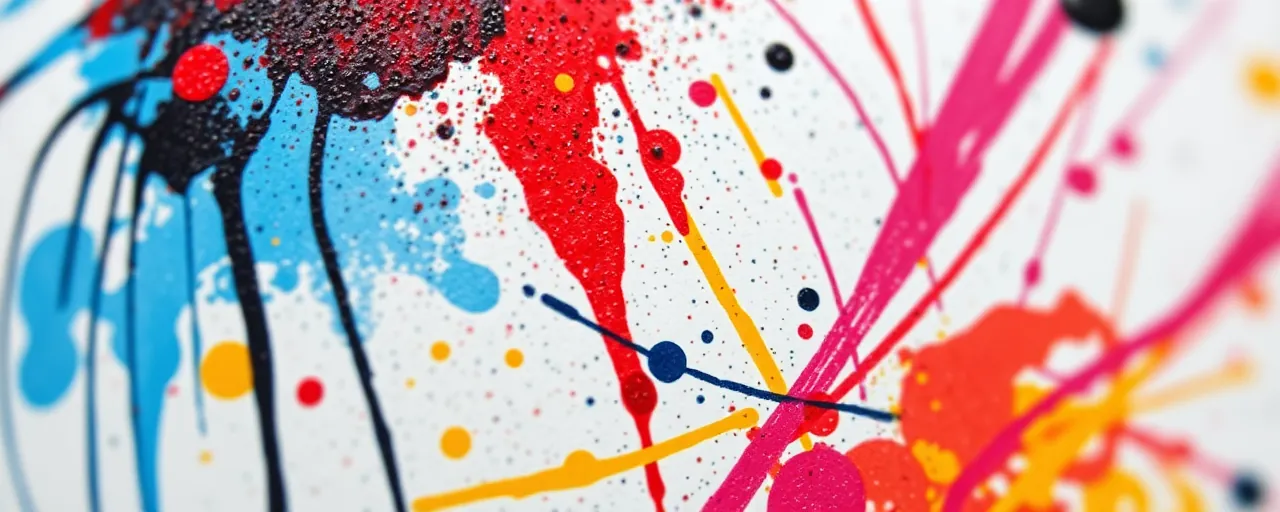A Day of Defiance in Columbus Circle
On a tense afternoon last July, Columbus Circle in Washington, D.C., became a chaotic stage for political expression. Zaid Mohammed Mahdawi, a 26-year-old from Richmond, Virginia, joined hundreds of demonstrators rallying near Union Station. What started as a permitted protest quickly spiraled. Flags were torn down, objects burned, and graffiti splashed across federal property. Mahdawi, caught on video, climbed a monument and scrawled 'HAMAS IS COMIN' in red spray paint, an act that landed him in federal court. His sentencing on April 4, 2025, to 10 days in prison marks the latest chapter in a case that’s stirred sharp questions about where activism ends and vandalism begins.
The incident wasn’t isolated. Court records paint a vivid picture of a crowd clashing with law enforcement, hindering arrests, and leaving behind roughly $11,282 in damages, according to the National Park Service. Mahdawi’s actions, including lowering a U.S. flag later stolen by another person, were documented by U.S. Park Police and amplified through videos posted on X. For many watching, it was a snapshot of unrest, but for authorities, it was a clear violation of federal law. The U.S. Attorney’s Office in D.C. moved swiftly, securing Mahdawi’s guilty plea to a misdemeanor charge of destroying government property.
The Line Between Speech and Crime
Mahdawi’s case taps into a long-standing tension over how far protest rights extend. Defacing federal property, like the Columbus Circle monument, carries legal weight under U.S. law, with penalties ranging from fines to years in prison depending on the damage. Here, the court opted for a lighter sentence, 10 days, plus six months of supervision, 80 hours of community service, and $1,500 in restitution. Chief Judge James E. Boasberg’s ruling reflects a measured response, but it hasn’t silenced the broader debate. Some see vandalism as a valid cry against oppression, while others argue it undermines public order and respect for shared spaces.
History offers plenty of parallels. The Boston Tea Party saw colonists destroy property to protest taxation, an act now celebrated as patriotic defiance. More recently, statues tied to slavery or colonialism, like those of Confederate leaders or Christopher Columbus, have been toppled or defaced during social justice movements. Supporters of these acts often frame them as symbolic challenges to systemic wrongs. Yet, law enforcement and policymakers, including those backing strict monument protections under the current administration, counter that such destruction crosses into criminality, demanding accountability.
Social Media’s Role in the Spotlight
The Mahdawi case also highlights how platforms like X shape modern protests. Videos of him spray-painting the monument spread quickly online, offering raw, unfiltered views of the chaos. This isn’t new, social media has long fueled activism, from the Arab Spring’s mass mobilizations to the George Floyd protests’ viral footage. For demonstrators, it’s a megaphone to amplify their message and rally support. For authorities, it’s a tool to identify and prosecute, as seen with the FBI and Park Police piecing together evidence from open-source posts.
The flip side is messier. Online platforms can magnify tensions or distort events, sometimes sparking backlash or escalating unrest. While Mahdawi’s graffiti drew attention to his cause, whatever its intent, it also handed investigators a clear trail. Law enforcement agencies face their own scrutiny here. The FBI’s counterterrorism unit and Park Police’s intelligence team tracked the incident, raising questions about surveillance reach during protests, a concern echoed in past clashes like the 2020 racial justice demonstrations.
Monuments as Battlegrounds
Columbus Circle’s monument isn’t the first to bear the scars of protest, nor will it be the last. Statues across the U.S., from Confederate generals to colonial figures, have become lightning rods for activists confronting historical legacies. In 2020 alone, over 100 Confederate symbols were altered or removed amid nationwide unrest, some by protesters’ hands. Globally, similar scenes unfold, Australia Day demonstrations targeting British colonizers’ statues or anti-war graffiti near the White House. These acts split opinions, celebrated by some as resistance, condemned by others as erasure of history.
Mahdawi’s choice of 'HAMAS IS COMIN' and an inverted triangle adds a layer of complexity. The phrase and symbol, often linked to specific ideological stances, hint at a message tied to broader geopolitical unrest. Yet, the court focused squarely on the act, not its meaning. The National Park Service’s repair bill underscores a practical fallout, one that taxpayers ultimately shoulder. As monuments remain flashpoints, the tug-of-war between preservation and protest shows no sign of fading.
Weighing the Fallout
Mahdawi’s 10-day sentence closes one case but leaves bigger issues simmering. It’s a small piece of a sprawling puzzle, how to balance free expression with the rule of law, how to weigh symbolic acts against tangible costs. The FBI, Park Police, and U.S. Attorney’s Office framed it as a straightforward win for accountability. Others might see it as a muted response to a louder cry, one amplified by a spray can and a smartphone. Either way, the ripple effects linger, from the $11,282 cleanup to the online chatter still dissecting that July day.
What’s clear is that protests, vandalism, and their consequences aren’t going quiet anytime soon. Each incident, whether in D.C. or beyond, forces a reckoning, about what symbols stand for, who gets to challenge them, and how justice responds. For now, Mahdawi’s stint behind bars and his community service hours ahead signal one resolution. The deeper questions, though, stay wide open, waiting for the next clash to reignite them.
